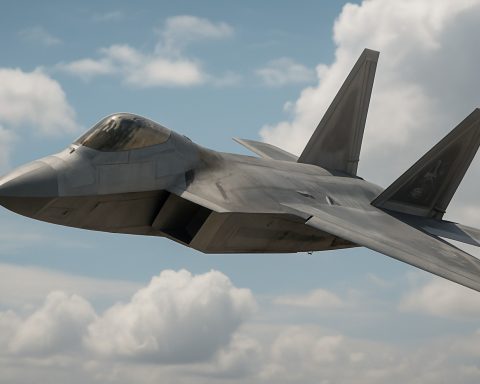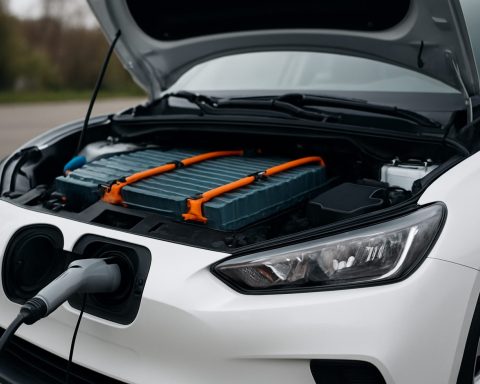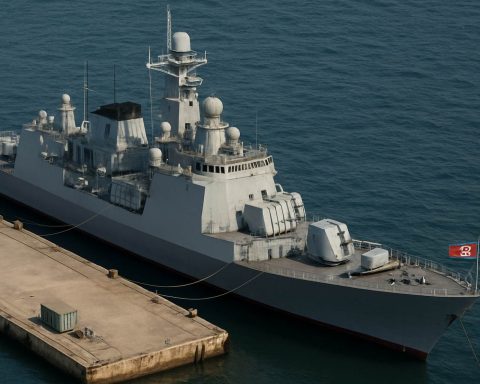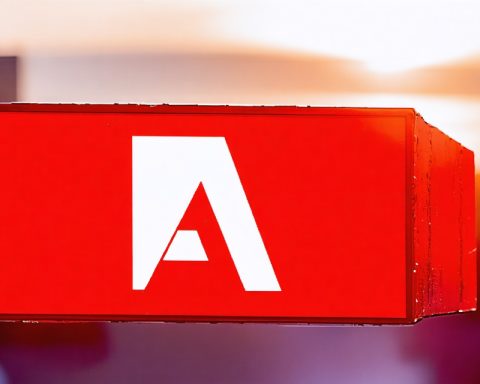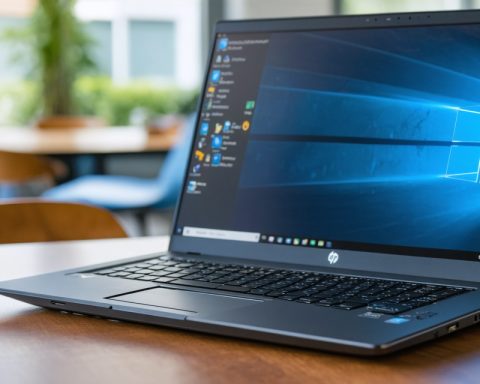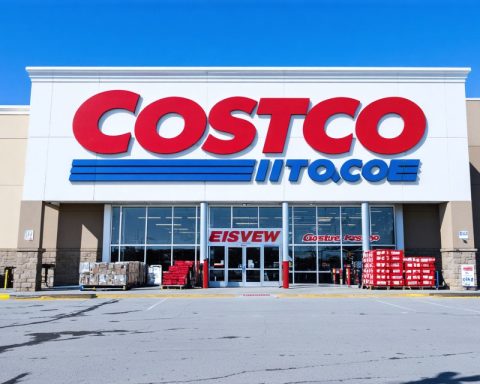- L3Harris Technologies invests $215.6 million to expand U.S. missile production in Camden, funded by the Pentagon’s defense production act program.
- The expansion includes four new facilities with advanced propellant processing units to enhance domestic missile manufacturing capacity.
- Through the acquisition of Aerojet Rocketdyne, L3Harris has boosted capabilities, addressing previous shortcomings with an 84% increase in investment.
- Growing global demand for military equipment amidst geopolitical tensions positions L3Harris to supply essential missile components.
- The expansion aims to bolster the U.S. defense supply chain, ensuring timely and efficient delivery of advanced missile technologies.
Tucked away in Camden, the determined roar of construction signals a new era as L3Harris Technologies propels forward the U.S. missile-production frontier. With an ambitious $215.6 million expansion funded by the Pentagon’s defense production act program, the company raises stakes in the global defense race, driven by escalating geopolitical strife.
Vast facilities are taking shape—four in total—in a calculated move to elevate domestic missile manufacturing. These grand structures are more than buildings; they’re a vital cog in the nation’s defense machine. Once complete, they’ll host cutting-edge propellant processing units, crucial to keeping America’s military might sharp and ready.
The strategic acquisition of Aerojet Rocketdyne last December has given L3Harris a fresh arsenal of capabilities. Redirecting previous shortcomings—historical underinvestment and delays—L3Harris has taken bold steps, boosting investment by a staggering 84%. With purpose and precision, they set out to rectify the past and seize the future, ensuring that every rocket motor rolls out on time and on point.
Globally, the demand for military equipment swells, fueled by ongoing conflicts and simmering tensions. Nations, anxious to replenish their defensive arsenals, look to giants like L3Harris to forge the weapons of tomorrow. As missile stockpiles dwindle under the strain of international crises, this expansion promises to replenish and reinforce.
L3Harris isn’t just building facilities; it’s constructing a legacy—a reinforced U.S. defense supply chain, poised to deliver a continuous stream of advanced components. The tale of Camden’s newest skyline is one of ambition, ingenuity, and a relentless pursuit of strength in a turbulent world. With every brick laid and every dollar spent, L3Harris solidifies its position as a pivotal player, ensuring that when it comes to defense, America doesn’t just keep pace—it leads.
Is L3Harris the New Powerhouse in U.S. Missile Manufacturing?
How-To Steps & Life Hacks
1. Understanding the Expansion: Learn about L3Harris’ impressive $215.6 million investment by visiting their official website or defense industry publications.
2. Tracking Progress: Keep up with the construction and operational updates by subscribing to industry newsletters that report on national defense and military production advancements.
3. Leveraging Investment Opportunities: If you’re an investor, look into defense sector funds or stocks that include L3Harris to benefit from growth in military expenditures.
Real-World Use Cases
– Military Preparedness: L3Harris’s expansion enhances U.S. military readiness by ensuring a steady supply of missile components, crucial in current geopolitical climates.
– Technological Advancements: These new facilities will push forward innovations in missile technology, providing enhanced capabilities to the U.S. military.
– Supply Chain Security: By strengthening domestic production, L3Harris helps mitigate risks associated with global supply chain disruptions.
Market Forecasts & Industry Trends
The global missile and military defense market is forecasted to grow significantly, driven by increased defense budgets globally and regional tensions. According to a report by MarketsandMarkets, the missile defense systems market is expected to reach $25 billion by 2026, expanding at a compound annual growth rate (CAGR) of around 5%.
Reviews & Comparisons
L3Harris, through its acquisition of Aerojet Rocketdyne, positions itself competitively alongside giants like Lockheed Martin and Raytheon Technologies. Analysts often point to its strategic acquisitions and aggressive investments as key differentiators in the missile production space.
Controversies & Limitations
While the expansion is beneficial for national security, it may face criticisms related to:
– Budget Allocation: Discussions about the proportionality of defense spending compared to other sectors like healthcare or education.
– Environmental Concerns: Large-scale manufacturing can have significant environmental impacts; however, adopting sustainable practices can mitigate these issues.
Features, Specs & Pricing
Features of L3Harris’s new facilities include cutting-edge propellant processing units, designed to efficiently produce reliable and advanced missile components. Costs associated with these facilities are part of the broader $215.6 million investment, which encompasses modernization and expansion efforts.
Security & Sustainability
– Security: These facilities bolster national security by ensuring a self-reliant and robust missile production capability.
– Sustainability: As military standards evolve, integrating environmentally friendly practices within these new facilities will be crucial. This could involve energy-efficient processes and decreased waste production.
Insights & Predictions
With escalating global tensions, L3Harris’s expansion seems timely. The company’s commitment to modernizing the missile production infrastructure indicates a dedication to stay ahead in defense technology. Analysts predict that such investments will likely attract future government contracts and partnerships.
Pros & Cons Overview
– Pros: Enhanced U.S. defense capabilities, strengthening of local supply chains, potential job creation, and technological innovation.
– Cons: High initial investment costs, potential environmental impact, and ethical concerns about increasing arms production.
Actionable Recommendations
1. For Investors: Consider exploring portfolios focused on defense and aerospace sectors.
2. For Industry Professionals: Seek collaborative opportunities with L3Harris as they’re likely expanding supplier and contractor networks.
3. For Policy Makers: Encourage sustainable production practices within defense manufacturing to balance national security needs with environmental responsibilities.
For more information, visit l3harris.com.



